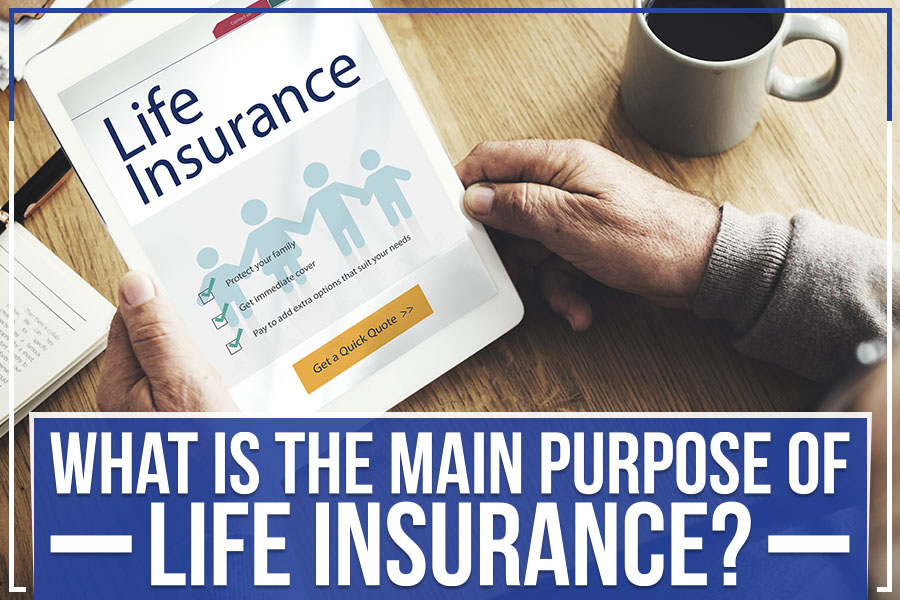Some Known Details About Pacific Prime
Some Known Details About Pacific Prime
Blog Article
10 Simple Techniques For Pacific Prime
Table of ContentsLittle Known Facts About Pacific Prime.The Greatest Guide To Pacific PrimeThe Greatest Guide To Pacific PrimeIndicators on Pacific Prime You Should KnowPacific Prime Fundamentals Explained

This is since the data were gathered for a period of strong financial efficiency. Of the approximated 42 million people who were without insurance, almost about 420,000 (regarding 1 percent) were under 65 years of age, the age at which most Americans end up being qualified for Medicare; 32 million were adults between ages 18 and 65, around 19 percent of all adults in this age; and 10 million were kids under 18 years old, regarding 13.9 percent of all youngsters (Mills, 2000).
These estimates of the variety of persons without insurance are created from the yearly March Supplement to the Current Populace Study (CPS), performed by the Demographics Bureau. Unless otherwise kept in mind, nationwide price quotes of individuals without medical insurance and proportions of the population with different type of insurance coverage are based on the CPS, one of the most extensively made use of resource of quotes of insurance policy protection and uninsurance rates.
The Best Strategy To Use For Pacific Prime

Still, the CPS is particularly beneficial since it creates annual price quotes reasonably promptly, reporting the previous year's insurance policy protection approximates each September, and because it is the basis for a regular set of quotes for more than 20 years, enabling analysis of patterns in insurance coverage gradually. For these reasons, in addition to the extensive usage of the CPS in other studies of insurance coverage that are presented in this record, we depend on CPS price quotes, with limitations noted.

The price quote of the variety of uninsured individuals increases when a populace's insurance policy status is tracked for numerous years. Over a three-year duration starting early in 1993, 72 million individuals, 29 percent of the united state population, were without insurance coverage for at the very least one month. Within a single year (1994 ), 53 million people experienced at the very least a month without protection (Bennefield, 1998a)
Six out of every ten without insurance grownups are themselves employed. Working does improve the likelihood that one and one's household participants will certainly have insurance, it is not a warranty. Even participants of families with 2 full-time wage income earners have nearly a one-in-ten opportunity of being uninsured (9.1 percent uninsured rate) (Hoffman and Pohl, 2000).
Pacific Prime Can Be Fun For Everyone
New immigrants make up a considerable percentage of individuals without medical insurance. One evaluation has attributed a significant portion of the recent growth in the dimension of the united state without insurance population to immigrants that arrived in the nation between 1994 and 1998 (Camarota and Edwards, 2000). Recent immigrants (those that pertained to the USA within the past four years) do have a high rate of being without insurance (46 percent), yet they and their children represent just 6 percent of those without insurance country wide (Holahan et al., 2001).
The relationship in between health insurance and accessibility to care is well established, as documented later in this chapter. Although the relationship in between medical insurance and health and wellness results is neither direct neither easy, an extensive medical and health solutions study literary works links wellness insurance protection to enhanced accessibility to care, better top quality, and enhanced personal and populace health standing.
Levels of evaluation for examining the impacts of uninsurance. It focuses specifically on those without any health and wellness insurance policy for any type of length of time.
Getting The Pacific Prime To Work
The troubles dealt with by the underinsured are in some areas similar to those encountered by the uninsured, although they are usually less serious. Health insurance policy, however, is neither required nor adequate to gain access to medical solutions. The independent and direct result of health insurance policy coverage on accessibility to wellness services is well developed.
Others will get the healthcare they require even without health insurance coverage, by paying for it out of pocket or seeking it from carriers that supply treatment totally free or at highly subsidized prices. For still others, medical insurance alone does not guarantee receipt of treatment due to various other nonfinancial obstacles, such as an absence of healthcare companies in their area, limited access to transportation, illiteracy, or linguistic and cultural distinctions.
The Buzz on Pacific Prime
Official research regarding uninsured populaces in the USA dates to the late 1920s and early 1930s when the Board on the Price of Healthcare created a collection of records regarding financing physician office sees and hospitalizations. This issue ended up being salient as the click here for info varieties of medically indigent climbed up throughout the Great Clinical depression.
Report this page